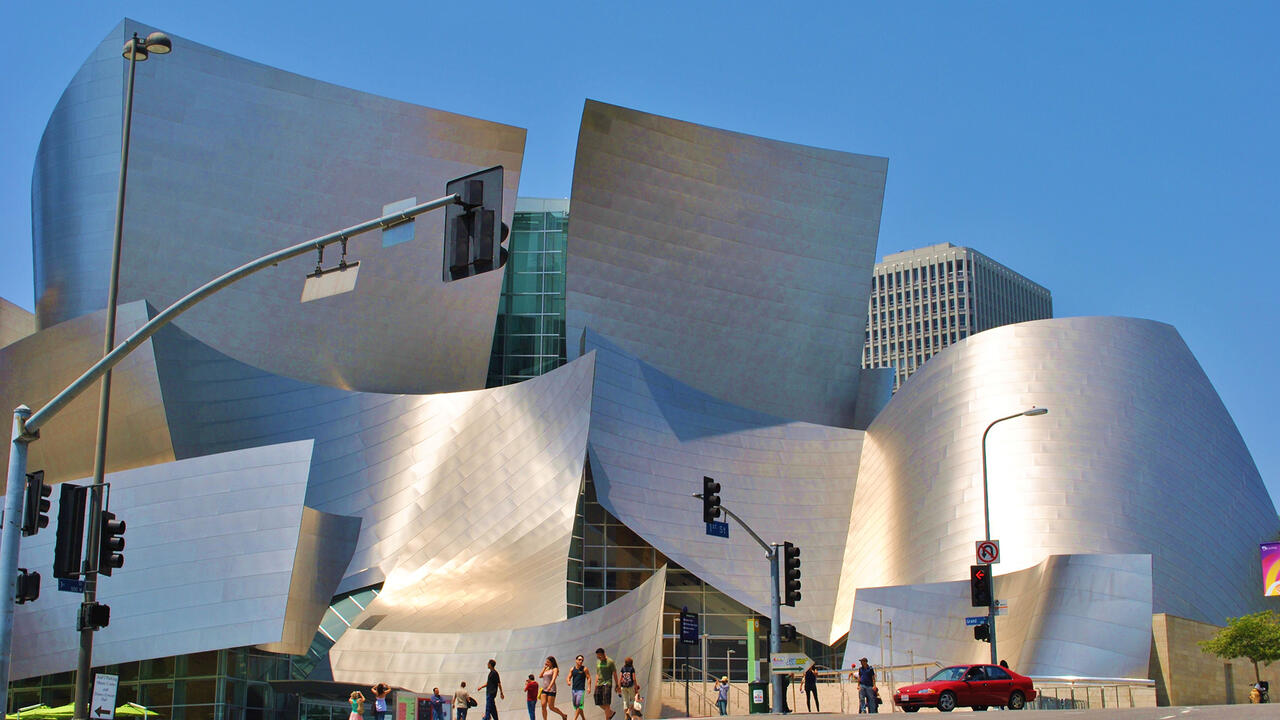Let the Games Begin
To coincide with the opening of the Olympic Games, a look at how clothing corporations have tailored their designs to China
To coincide with the opening of the Olympic Games, a look at how clothing corporations have tailored their designs to China

The Olympics have always been about jingoism, just check out the outfits competing nations parade in the opening ceremony. In the past, US representatives have worn cowboy hats and boots (this year they will be looking preppy in Ralph Lauren), while this year Canadian athletes will wear outfits patterned with a maple leaf along with something vaguely Chinese-inspired. (The typeface for ‘Canada’ itself is like the graphic equivalent of pidgen English, all slanting lines at jaunty angles.) But after the pageantry of the opening, Olympic uniforms keep things comparatively simple: Australia is in green and gold; New Zealand is in its national black; in 2004, the US track and field uniform was red, white and blue with a sans serif ‘USA’ (this year it’s a block capital logo with a star in the centre of the third letter).
China, however, are ahead of the pack with a complex graphic language developed for them by Nike. (Nike are not the only company involved in the China’s uniforms – contracts are highly prized. Adidas shelled out US$80 million for the privilege of dressing the Chinese team on the podium as well as the Olympics’ employees and volunteers). Adidas uniforms are adorned with what they are terming a ‘lucky cloud’, that grew out of a design competition – what better way to drum up local pride? – while Nike’s designs play to the host country’s burgeoning nationalism by incorporating the Terracotta Army, Maoist graphics, and the lyrics to the national anthem.

Of course companies like Nike and Adidas want to woo China: the country represents a marketing nirvana with millions of potential new customers. ‘China is the growth market for the next ten years’, Jonathan Chajet, strategic director of brand consultancy Interbrand, recently told the New York Times. The Games represent the perfect backdrop for a high-profile launch, and the entire country will be watching.
Usually when a corporation goes abroad, as with Coca-Cola, you’ll get the same logo and the same product: McDonald’s is ‘Lovin’ It’ in the Holy Land, but it’s neither kosher nor halal (in fact its restaurants serve meat and dairy together); the iPod sold in San Francisco is the same as is sold in Karachi. In China, however, Nike is going beyond the simple colour-blocking typical of national uniforms with an entire iconographic language that aims to capture patriotic pride.

Just as the end of the 19th century saw the rise of national over religious identity, so too the end of the 20th century saw the multinational supercede the national. In some cases, the corporation is now greater than the nation state. With the Olympics, though, something different is happening: the multinational’s success lies in its mimicry of the nation, in its skill at adopting national symbols. A straightforwardly Marxist analysis tracking the path of capital would ignore why this shift is happening. In China today nationalism is part of youth culture.
In the west, teenagers are almost expected to be anti-Bush and to oppose the war in Iraq. No one mobilizes patriotic protests via the Internet, as China’s students did recently with the torch relay. In the US Chinese students protested the protests, and in China set up boycotts of companies from countries that students and bloggers thought had dishonored their nation. Given this context, it’s not surprising that nationalism plays well there – as well as on the country’s Olympic uniforms. Nike’s designer dealing with uniforms, William Mak, has described this design approach as, ‘looking back blazing forward. China has a compelling 5000-year history, it’s also opening up now and becoming a superpower. For us as Chinese, this is a chance to show people who we are now. People are really proud here, and I like to think about this as a big coming of age party for China.’
After Athens 2004, track athletes told Nike that they felt like superheroes in their national uniform, an image that was a little too western for Mak’s Shanghai-based team of Chinese designers. In China, heroism isn’t about comic book characters so much as personal sacrifice – sacrificing yourself for your country or emperor – and the warrior within, a familiar trope in martial arts movies. Together, they became the inspiration for the graphic on the back of the uniform (typically underused real estate, displaying the athlete’s name, number and country). Now every inch is used.
With Mak’s stated mission to merge the past with the present, the Terracotta Army was an unsurprising choice. Its 8000 soldiers were buried in 210 BC with Qin Shi Huangdi, the brutal emperor who first unified the nation and whose name literally became China’s. At the warriors’ burial site was found a mask of a mythical beast thought to have served as a doorknocker that prevented bad luck from entering. Now with its connection to sacrifice, China’s founding and protection, the mask has been turned into a stylized pattern that is the central focus of the nation’s graphics. Square in the centre is the Chinese symbol for China, since the team wanted the country name not only to be in English as regulations require.
The font on the front comes from Maoist propaganda posters. That these can even be unironically appropriated is stunning; the posters have transformed from representations of Mao to symbols of all that was wrong with Maoism, to now serving as a tool for national identity. Perhaps the most surprising element of the uniforms is one that the cameras will never see. Inside, just above the chest, are the Chinese characters for ‘arise’ and ‘march on’, taken from the national anthem, the ‘March of the Volunteers’ – a secret message for athletes to carry onto the field.
Mak’s team struggled to get the right red on the uniform. They matched the Chinese flag exactly, trying different hues under TV and stadium lighting to make sure that the colour was correct. Red has much relevance in China, where, as well as appearing on the flag, it represents celebration and good luck. Other companies have been less successful in their borrowings: this spring Adidas recalled a line of shirts and bags on which the company’s distinctive leaf logo was embedded in China’s star. Many journalists even claimed that the German company had broken the law (the flag can’t be used commercially). People voted against Adidas’s appropriation in online polls, and Forbes reported that 50% of those voters vowed not to buy any Adidas product in the future. Getting the references right is no small matter here.
The Olympics are turning out to be a baroque display of patriotism, a melding of corporation and nation, as well as a marketing opportunity. Not only are ads appealing to national pride, but, at a time when young people are sensitive to outsiders, companies are trying to out Chinese the Chinese themselves.











